Pem fuel cell modeling and converters design for a 48 v dc power bus
llistat de metadades
Director
Giral Castillón, Roberto
Codirector
Calvente Calvo, Francisco Javier
Date of defense
2012-06-22
Legal Deposit
T.1049-2012
Pages
222 p.
Department/Institute
Universitat Rovira i Virgili. Departament d'Enginyeria Electrònica, Elèctrica i Automàtica
Abstract
Fuel cells (FC) are electrochemical devices that directly convert the chemical energy of a fuel into electricity. Power systems based on proton exchange membrane fuel cell (PEMFC) technology have been the object of increasing attention in recent years as they appear very promising in both stationary and mobile applications due to their high efficiency, low operating temperature allowing fast startup, high power density, solid electrolyte, long cell and stack life, low corrosion, excellent dynamic response with respect to the other FCs, and nonpolluting emissions to the environment if the hydrogen is obtained from renewable sources. The output-voltage characteristic in a PEMFC is limited by the mechanical devices which are used for regulating the air flow in its cathode, the hydrogen flow in its anode, its inner temperature, and the humidity of the air supplied to it. Usually, the FC time constants are dominated by the fuel delivery system, in particular by the slow dynamics of the compressor responsible for supplying the oxygen. As a consequence, a fast load transient demand could cause a high voltage drop in a short time known as oxygen starvation phenomenon that is harmful for the FC. Thus, FCs are considered as a slow dynamic response equipment with respect to the load transient requirements. Therefore, batteries, ultracapacitors or other auxiliary power sources are needed to support the operation of the FC in order to ensure a fast response to any load power transient. The resulting systems, known as FC hybrid systems, can limit the slope of the current or the power generated by the FC with the use of current-controlled dc-dc converters. In this way, the reactant gas starvation phenomena can be avoided and the system can operate with higher efficiency. The purpose of this thesis is the design of a DC-DC converter suitable to interconnect all the different elements in a PEMFC-hybrid 48-V DC bus. Since the converter could be placed between elements with very different voltage levels, a buck-boost structure has been selected. Especially to fulfill the low ripple requirements of the PEMFCs, but also those of the auxiliary storage elements and loads, our structure has inductors in series at both its input and its output. Magnetically coupling these inductors and adding a damping network to its intermediate capacitor we have designed an easily controllable converter with second-order-buck-like dominant dynamics. This new proposed topology has high efficiency and wide bandwidth acting either as a voltage or as a current regulator. The magnetic coupling allows to control with similar performances the input or the output inductor currents. This characteristic is very useful because the designed current-controlled converter is able to withstand shortcircuits at its output and, when connected to the FC, it facilitates to regulate the current extracted from the FC to avoid the oxygen starvation phenomenon. Testing in a safe way the converter connected to the FC required to build an FC simulator that was subsequently improved by developing an emulator that offered real-time processing and oxygen-starvation indication. To study the developed converters and emulators with different brands of PEMFCs it was necessary to reactivate long-time inactive Palcan FCs. Since the results provided by the manual reactivation procedure were unsatisfactory, an automatic reactivation system has been developed as a complementary study of the thesis.
En esta tesis se avanzo en el diseño de un bus DC de 48 V que utiliza como elemento principal de generación de energía eléctrica una pila de combustible. Debido a que la dinámica de las pilas de combustible están limitadas por sus elementos mecánicos auxiliares de control una variación rápida de una carga conectada a ella puede ocasionar daños. Es por esto que es necesario utilizar elementos almacenadores de energía que puedan suministrar estas rápidas variaciones de carga y convertidores para que gestionen de una forma controlada la potencia del bus DC. Durante la realización de pruebas de los convertidores es de gran importancia utilizar emuladores o simuladores de pilas de combustibles, esto nos permite de una forma económica y segura realizar pruebas criticas antes de conectar los convertidores a la pila. Adicionalmente una nueva topologia de convertidor fue presentada y ésta gestionará la potencia en el bus
Keywords
Subjects
621.3 Electrical engineering
Recommended citation
Rights
ADVERTIMENT. L'accés als continguts d'aquesta tesi doctoral i la seva utilització ha de respectar els drets de la persona autora. Pot ser utilitzada per a consulta o estudi personal, així com en activitats o materials d'investigació i docència en els termes establerts a l'art. 32 del Text Refós de la Llei de Propietat Intel·lectual (RDL 1/1996). Per altres utilitzacions es requereix l'autorització prèvia i expressa de la persona autora. En qualsevol cas, en la utilització dels seus continguts caldrà indicar de forma clara el nom i cognoms de la persona autora i el títol de la tesi doctoral. No s'autoritza la seva reproducció o altres formes d'explotació efectuades amb finalitats de lucre ni la seva comunicació pública des d'un lloc aliè al servei TDX. Tampoc s'autoritza la presentació del seu contingut en una finestra o marc aliè a TDX (framing). Aquesta reserva de drets afecta tant als continguts de la tesi com als seus resums i índexs.


